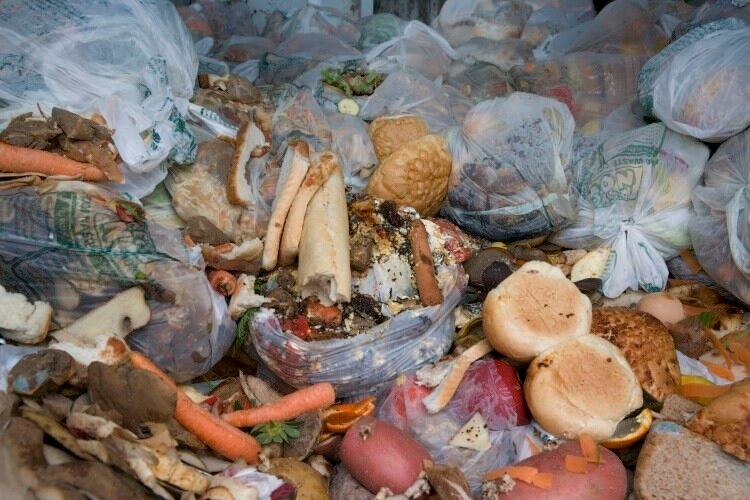Revealed today (Tuesday 18 December), the new scheme will put legal onus on those responsible for producing ‘damaging waste’ to take greater responsibility and foot the bill.
The strategy aimed to introduce a tax on single-use plastic with less than 30% recycled content, with a consideration of banning the use of plastic packaging where alternatives exist. The Government hoped to eliminate all avoidable waste by 2050.
Speaking at the launch, environment secretary Michael Gove said: “Our strategy sets out how we will go further and faster, to reduce, reuse, and recycle. Together we can move away from being a ‘throw-away’ society, to one that looks at waste as a valuable resource.
“We will cut our reliance on single-use plastics, end confusion over household recycling, tackle the problem of packaging by making polluters pay, and end the economic, environmental and moral scandal that is food waste.”
Waste hierarchy
As part of the strategy, the Department for Environment, Food and Rural Affairs has put together a ‘food and drink waste hierarchy’, a set of guidelines advising manufacturers on how to deal with surplus and waste.
Producers are to prioritise the prevention of food waste before moving to redistribution – the full list can be found in the box below.
Along with the guidelines, the Government is to introduce annual reporting of food surplus and waste by food businesses. Should progress be insufficient, the Government will consult on introducing mandatory targets for food waste prevention.
However, the Environmental Audit Committee (EAC) accused the Government of “kicking the waste can down the road again”, needlessly delaying key parts of the scheme to a later date – such as pushing the plastic bottle deposit return scheme to 2023.
EAC chair Mary Creagh commented: “With scientists warning we have just 12 years to tackle climate change, this strategy is too little, too slowly.”
Need to reduce food waste
The Renewable Energy Association (REA) commended the scheme and Gove’s recognition of the need to reduce food waste as well as to collect it for energy generation and use as a natural fertiliser.
Jeremy Jacobs, technical director at the REA, welcomed the introduction of food waste collections from households, but called for the initiative to be extended to the collection of commercial food waste as well.
“It is further welcomed that the strategy aims to incentivise producers, at the top of the waste hierarchy, to ensure their products can be reused and recycled,” Jacobs added.
“Government needs to consider how the funds raised from this will support activity to see much-needed increases in recycling rates and ensure the available capacity of energy recovery technologies where recycling is not possible.”
Waste & Resources Action Programme chief executive Marcus Gover said the organisation was pleased to see a number of measures aimed at tackling the environmental impacts of both food and plastic waste.
“In particular, the proposals to introduce mandatory reporting for food businesses has the potential to accelerate engagement with WRAP’s pioneering Food Waste Reduction Roadmap, which shows how the UK food industry can implement a strategy to help halve UK food waste by 2030,” Gover added.
Food waste hierarchy
Food and drink manufacturers are expected to deal with surplus and waste using the hierarchy’s priorities list of options. If a producer cannot use one option, they should move to the next.
- Prevent surplus and waste in your business
- Redistribute surplus food
- Make animal feed from former food
- Recycle your food waste – anaerobic digestion
- Recycle your food waste – composting
- Recycle your food waste – landspreading
- Incinerate to generate energy
- Incinerate without generating energy
- Send to landfill or sewer





